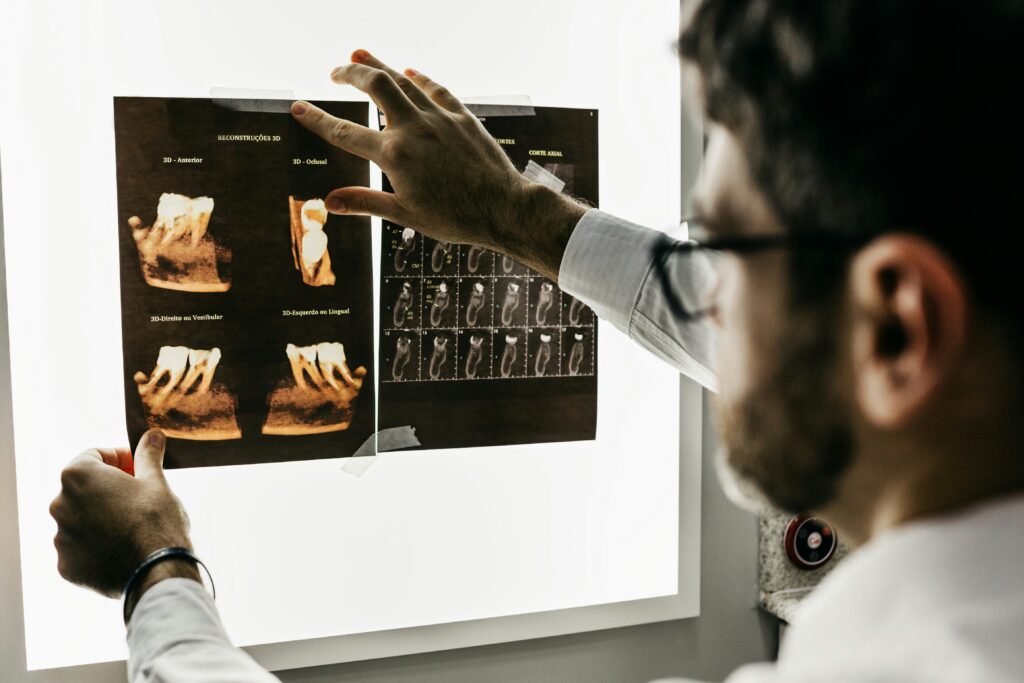
SINGAPORE, 03 NOVEMBER 2025—In a groundbreaking development, scientists from Duke-NUS Medical School, in collaboration with international partners, have unveiled one of the most comprehensive single-cell maps of the developing human brain. This pioneering atlas captures nearly every cell type, their genetic signatures, and their interactions, setting a new benchmark for laboratory methods in neuron production. This advancement marks a significant step towards developing new therapies for Parkinson’s disease and other neurological disorders.
Parkinson’s disease, the second most common neurodegenerative disorder in Singapore, affects approximately three in every 1,000 individuals aged 50 and above. The disease primarily damages midbrain dopaminergic neurons, which are crucial for movement and learning due to their role in dopamine release. Restoring these neurons could potentially alleviate symptoms such as tremors and mobility loss.
Mapping the Brain: The BrainSTEM Framework
To enhance understanding of neuron development in laboratory settings, the Duke-NUS team introduced a two-step mapping framework known as BrainSTEM (Brain Single-cell Two tiEr Mapping). Collaborating with the University of Sydney and other partners, the team analyzed nearly 680,000 cells from the fetal brain to map the entire cellular landscape.
The second, more detailed projection of the map focuses on the midbrain, pinpointing dopaminergic neurons with unprecedented precision. This “comprehensive reference map” now serves as a global standard for evaluating the accuracy of midbrain models against the human brain.
Expert Insights and Implications
Dr. Hilary Toh, an MD-PhD candidate from Duke-NUS, emphasized the significance of this blueprint:
“Our data-driven blueprint helps scientists produce high-yield midbrain dopaminergic neurons that faithfully reflect human biology. Grafts of this quality are pivotal to increasing cell therapy efficacy and minimizing side effects, paving the way to offer alternative therapies to people living with Parkinson’s disease.”
The study, published in the journal Science Advances, revealed that many existing methods for growing midbrain cells inadvertently produce unwanted cells from other brain regions. This finding underscores the need for improved lab techniques and data analysis to detect and eliminate these off-target cells.
Dr. John Ouyang, Principal Research Scientist at Duke-NUS, highlighted the precision of BrainSTEM:
“By mapping the brain at single-cell resolution, BrainSTEM gives us the precision to distinguish even subtle off-target cell populations. This rich cellular detail provides a critical foundation for AI-driven models that will transform how we group patients and design targeted therapies for neurodegenerative diseases.”
Setting New Standards in Brain Research
Assistant Professor Alfred Sun from Duke-NUS remarked on the broader impact of BrainSTEM:
“BrainSTEM marks a significant step forward in brain modeling. By delivering a rigorous, data-driven approach, it will speed the development of reliable cell therapies for Parkinson’s disease. We’re setting a new standard to ensure the next generation of Parkinson’s models truly reflects human biology.”
The team plans to offer their brain atlases as an open-source reference and the multi-tier mapping process as a ready-to-use package. This will enable laboratories worldwide to deepen insights, refine workflows, and accelerate discoveries in neuroscience.
Future Directions and Global Impact
Professor Patrick Tan, Senior Vice-Dean for Research at Duke-NUS, emphasized the study’s transformative potential:
“This study redefines the benchmark—establishing multi-tier mapping as essential for capturing cellular detail in complex biological systems. By revealing how the human midbrain develops in such detail, we will accelerate Parkinson’s research and cell therapy, delivering better care and offer hope to people living with the disease.”
This research received support from various programs, including the USyd-NUS Ignition Grant and the Duke-NUS Parkinson’s Research Fund, thanks to the generous donation by The Ida C. Morris Falk Foundation.
Duke-NUS Medical School continues to lead in medical research and education, committed to improving patient care through innovative scientific discovery. This study is part of its ongoing efforts to deepen understanding of the fundamental mechanisms at play in the human brain, aiming to create new therapeutic approaches, especially for patients with neurological conditions.
About Duke-NUS Medical School: Established in 2005 as Singapore’s flagship graduate entry medical school, Duke-NUS represents a strategic partnership between Duke University School of Medicine and the National University of Singapore. The school is renowned for its innovative curriculum and groundbreaking research, significantly impacting the healthcare and biomedical ecosystem in Singapore and beyond.






